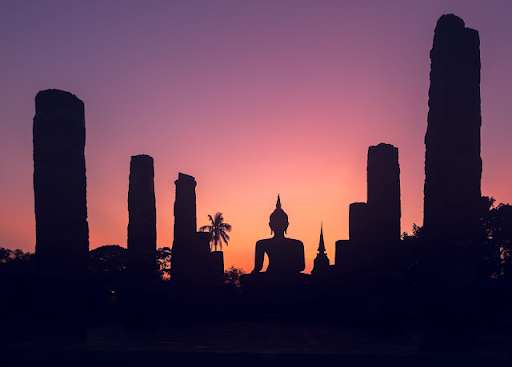You Decide....

India: Doubts emerge over spiritual Yogi's environmental mission Vasudev's ride is part of his Save Soil movement Jaggi Vasudev, the Indian spiritual Yogi also known as "Sadhguru," is riding a motorbike thousands of kilometers to raise awareness about soil degradation. But questions are being asked over the campaign's effectiveness. Riding 30,000 kilometers (18,640 miles) on a Ducati Multistrada 1260 across 26 countries in Europe, Asia and the Middle East, Indian spiritual leader Jaggi Vasudev is on a mission . Known as "Sadhguru" to his followers , Vasudev's ride on this special edition bike is part of his Save Soil movement, spreading awareness about soil degradation. New age ecological influencer In the past two decades, Vasudev's activities have received global attention and given him the status of a new age ecological influencer. Vasudev's flagship platform Isha Foundation receives support from the Dalai Lama, Leonardo Di Caprio, ...



